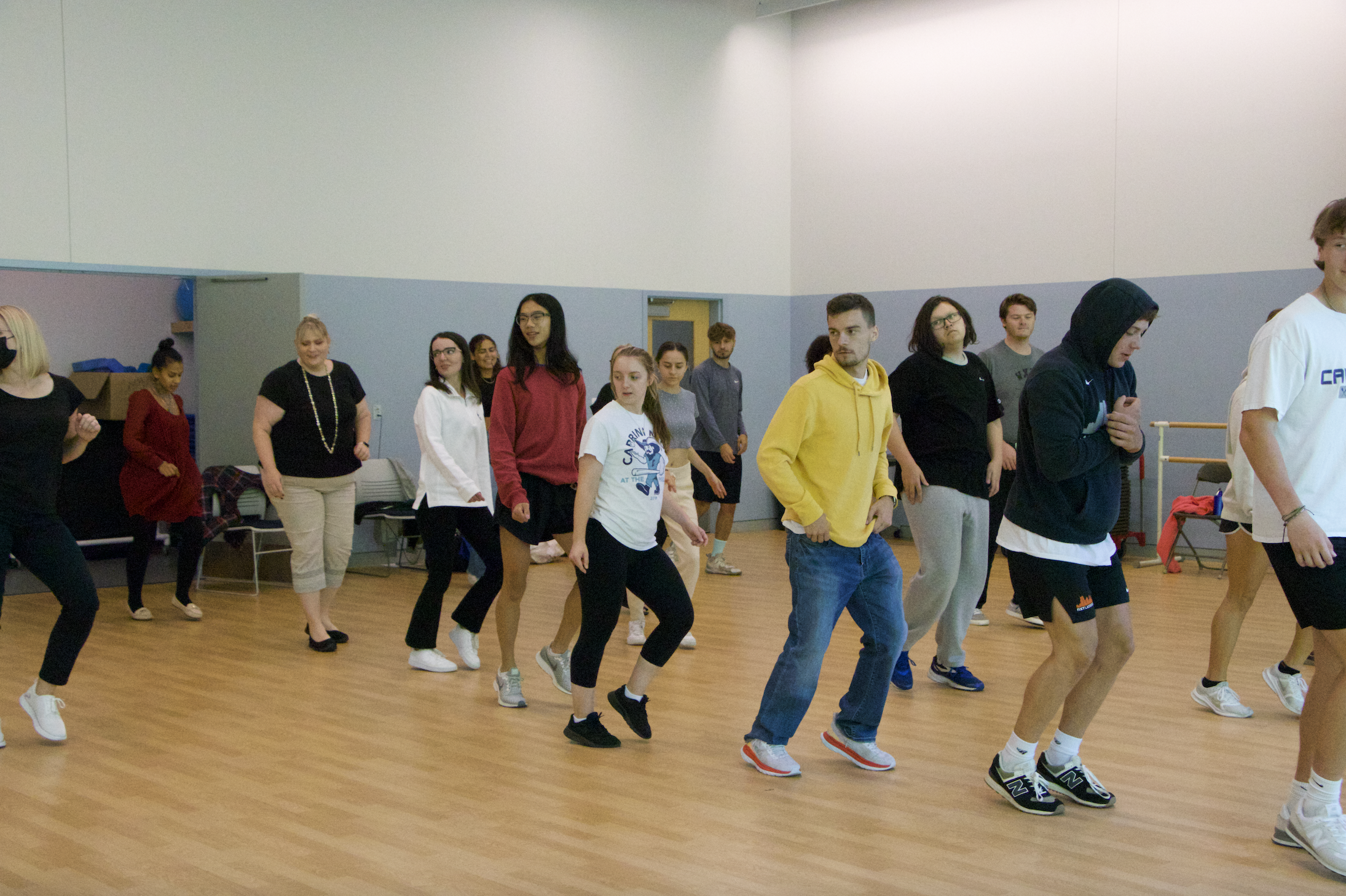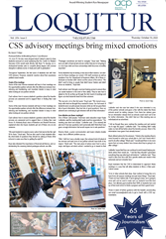Imagine that this year, during Hispanic Heritage Month, Hispanic, Latino, and Latinx Cabrini students and faculty arrive with plates in hand, inviting the community to enjoy colorful, authentic foods. There’s joyful energy and excitement as people from diverse backgrounds mingle at a fiesta filled with welcoming music and traditional dances.
Angelica Martinez, advisor for Cabrini’s Hispanic culture club, Pura Vida, and assistant director for first-year experience and student transitions, remembers those spirited fiestas and campus events celebrating all cultures. Martinez plans to bring the essence of Pura Vida – “pure life” – back to campus for students who identify as Hispanic, Latino, or Latinx.
“I’m hoping to bring all that back, that energy, that spirit of counting on someone,” she said. “That sense of community that you can just kind of, you know, break bread and just feel comfortable.”
Post-pandemic, many find themselves craving the vibrancy and camaraderie of these past communal celebrations.
Dismantling a sense of community
Hispanic Heritage Month, celebrated from Sept. 15 to Oct. 15 each year, has returned, and the reopened Cabrini

campus is enjoying corresponding events, activities, and presentations, such as a flamenco dance workshop, “Latina in America” presentation, Hispanic Arts Crafting Session, and a screening of “Encanto.”
It is no secret that participation in community events and activities has been critically low since the pandemic, but for Hispanic, Latino, or Latinx students, it’s had an even more damaging impact.
Martinez said, “We were all really impacted, and we are a culture, or a community, that is very in touch with family, and are also very affectionate. I think the pandemic had serious psychological and emotional impacts on that.”
It is the first time since COVID-19 that Hispanic Heritage Month has been in full effect on campus, and Hispanic, Latino, and Latinx populations have an opportunity to rebuild those strong cultural relationships for present and future students.
Community exists in the classroom
Currently, the community for Hispanic, Latino, and Latinx students lives in the classroom.
Dr. Natacha Bolufer-Laurentie, associate professor of Spanish and Latin American studies and coordinator of foreign languages, said taking Spanish and Latin American courses allows students from different backgrounds to appreciate and share the language and culture.

“I have to say, [we have] the most wonderful classes as far as creating community. So, taking those classes, I think is good. I think taking a Spanish class is the way to get into the community, because then you hear everything.”
Since Cabrini is a university, a lot of representation happens when introducing topics in class. Dr. Vivian Smith, chair and associate professor of criminology, said, “I think building community in the classrooms is important and built-in, and having a faculty that represents the students and the backgrounds of the students is also important.
Pura Vida and other campus community organizations
Part of constructing a community is creating a safe place for students to come together to hang out, collaborate, and communicate. Martinez said the Pura Vida club provides a safe space where Hispanic, Latino, and Latinx students can come together and form a family away from home.
She also explained that before the pandemic, members of Pura Vida formed study groups, did fun activities off campus, and went to restaurants that served authentic foods.
Jemmy Medina Raya, a recent Cabrini alumna, said she found a great community by joining Pura Vida. “It was a place I felt that I belonged. People just welcomed me and my friends as well, and it became a small family within the Cabrini community.”
Martinez wants to collaborate with club members to restart and rebrand Pura Vida this year, welcome new members, and remind Cabrini’s community, Hispanic, Latino, and Latinx representation exists on campus. Martinez even said the name of the club might change, but it will still reflect and appreciate all the diversity on campus.
Ivan Canchola Elias, a senior accounting major, said, “I believe there is a strong community for students who identify as Hispanic or Latino. Ultimately, it is up to students like [me] to continue to build a strong community and make others feel welcome.”
Cabrini can improve to support its communities

One of the problems facing Cabrini is increasing engagement among students.
Martinez said she brought her class to the flamenco dance workshop on Friday, Sept. 23. Unfortunately, other than her class of 14 students, only three students showed up.
Cabrini heavily advertised the flamenco event with emails and fliers. Martinez said that if not for her class coming to the workshop, Cabrini would have canceled it.
“Now that we pivot back to ‘in-person,’ I think that we just have to figure out a good strategy,” she said.
Cabrini is doing its best to build a community for Hispanic, Latino, and Latinx communities, but can do better. Small and large corners of the community must communicate and devise strategies to uplift Hispanic, Latino, and Latinx representation on campus by continuing to strengthen classrooms and clubs/organizations.
“You’re learning your trade, you’re learning your skills that you’re going to take into the workforce, but [there are] also communication skills that you develop when you have interpersonal relationships with others. And them being different cultures or similar cultures, all that helps for you as an individual to grow. And that’s what I envisioned for all students at Cabrini,” Martinez said.
Correction: Elba Cena hosted two flamenco workshops, not one, as was reported. The afternoon session saw a successful turnout of roughly 30 attendees. The Loquitur, a student-run organization, apologizes for the error.





